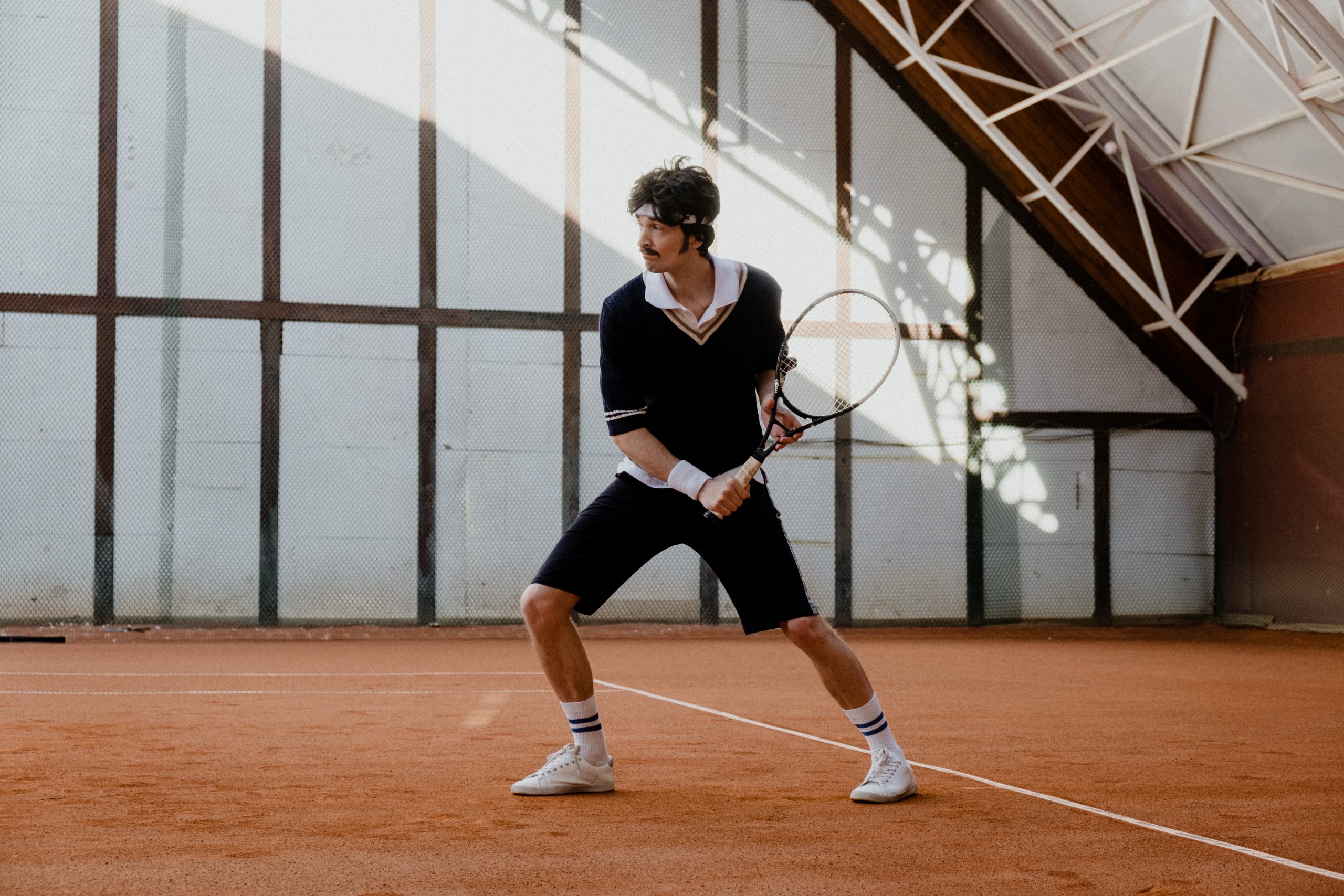In the world of competitive tennis, the playing surface can be vital to the outcome. Each surface brings unique challenges and characteristics – whether the lush green grass of Wimbledon, the red clay of Roland Garros, or the hard courts in global tournaments. As a result, discerning tennis wagerers must fully comprehend how each court surface affects play to place more educated wagers on tennis matches based on the myriad outcomes affected. This article assesses the intriguing realm of tennis wagering relating to playing surfaces, examining how specific circumstances might affect player performance, the outcome of Tennis predictions, and thus the overall experience.
Clay courts and their influence
Clay courts are known for their slow-paced play, which can be challenging for tennis players. This surface absorbs the impact of the ball, moving more slowly and is, therefore, harder to control. As a result, the tempo of play on the court is slowed, significantly affecting the outcome of wagers. The French Open is one of four Grand Slam tournaments in tennis and is played on clay courts. It is considered the most challenging tournament because of the clay court. Wagerers are typically attracted to these matches as they are lengthier and more tactically involved, thus significantly affecting wagering on tennis.
The impact of grass courts
One of the most common tennis court surfaces is grass, which greatly impacts wagering preferences. The ball bounces far higher on grass courts than on hard or clay courts – the fundamental difference between the two. Due to this, players must modify their shots to account for the additional time it will take for the ball to reach its intended target. Moreover, because of the high bounce of balls, players must be ready for potentially surprising strokes from opponents. It may make it hard to anticipate the outcome of a match, making for exciting wagering possibilities.
The wagering implications of hard courts
In the professional tennis world, hard courts are the norm – they are constructed of asphalt or concrete and painted with an acrylic coating. The rapid tempo of play is characteristic of this court type because the ball bounces so rapidly off the hard surface. On hard courts, players who can serve and volley well, such as Novak Djokovic, have an advantage over those who depend mainly on groundstrokes. As such, to make a well-informed wager on a tennis match played on a hard court, it is crucial to consider the playing styles of both players.















